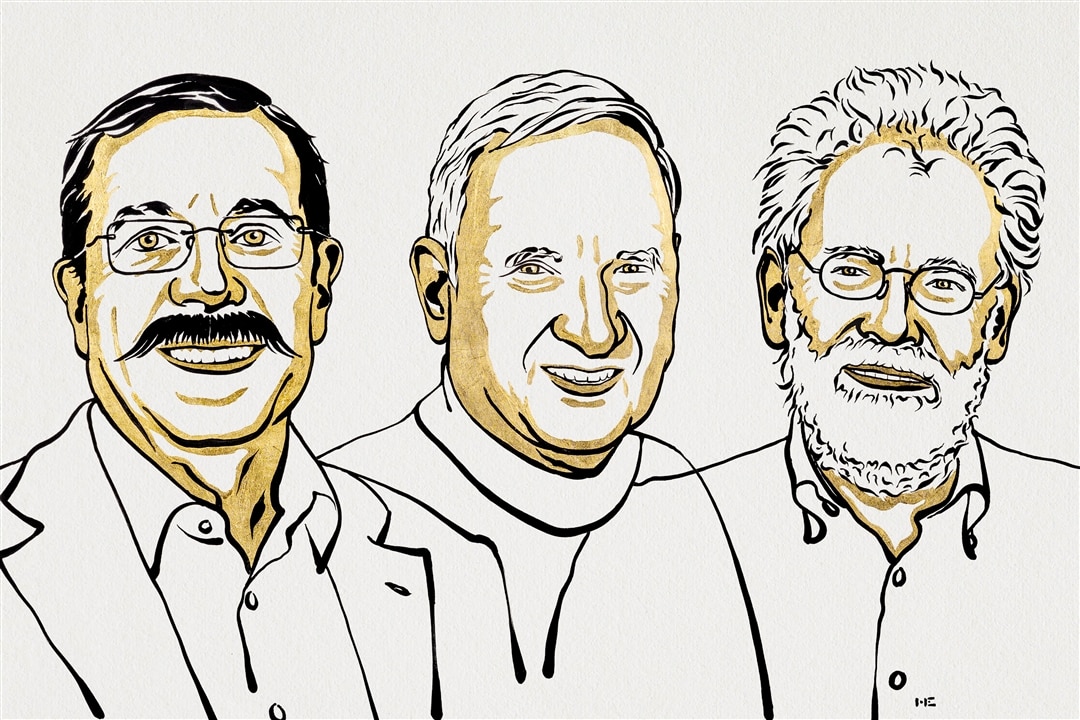
Alain Aspect, John Clauser, and Anton Zeilinger won the 2022 Nobel Prize in Physics. (Image Credit: Niklas Elmehed © Nobel Prize Outreach)
On October 4th, physicists Alain Aspect, John F. Clauser, and Anton Zeilinger won the 2022 Nobel Prize in Physics for their quantum mechanics and quantum information science experiments. Their work could play a crucial role in cryptography, quantum computing, sensing technologies, and quantum teleportation.
The three discovered experimental techniques to verify previous theories, including the quantum entanglement phenomenon that Albert Einstein called "spooky action at a distance." In this scenario, tiny particles, separated over large distances, can determine what happens to the other when they link. So if one particle sets in one state, all other entangled particles are also set to that state, no matter their location. Clauser and Aspect proved that the laws of physics couldn't explain such a phenomenon. Zeilinger proved entanglement teleports information from one linked particle to the next.
These experiments were conducted in reference to a debate between scientists about the nature of reality in the 1930s. Einstein considered that all objects' properties are precisely defined. However, Niels Bohr and Erwin Schrödinger debated that, until measured, these properties exist in a state of uncertainty. Einstein believed a state of uncertainty didn't exist, especially in cases where the properties, like an electron's position, seemed uncertain. So he stated these could be defined by "hidden variables" that scientists cannot see. Those that influence the particles must move quicker than light speed to change entangled particles from a long distance. Einstein also noted it's not possible for anything to travel faster than light speed.
During the 1960s, John Stewart Bell came up with an experiment involving two entangled particles that tested Einstein's concept. In this case, he thought of two people observing pairs of entangled particles. Existing hidden variables would then mean the properties correlate to a certain extent. Clauser and colleagues demonstrated the first real-world type of Bell's experiment in 1972. Their experiment involved measuring super-strong correlations, which proposed that quantum mechanics was correct. Clauser then became surprised because he thought the results would support Einstein's ideas.
Ten years passed, and Aspect performed a refining experiment that dismissed another entanglement explanation, which also supports the quantum theory. In 2015, the final significant loophole from Bell's experiment was solved. The laureates are still not sure why entanglement occurs, but they have proven its existence.
In 1998, Zeilinger and his team studied the use of entangled particles. They entangled a photon from an entangled pair with a photon from another entangled pair. Their discovery could lead to a quantum internet that transmits data over long distances, making highly secure, encrypted communications possible. It could even pave the way for new sensors and telescopes. Additionally, entanglement assisted work for quantum computing, which performs complex calculations.
Have a story tip? Message me at: http://twitter.com/Cabe_Atwell
